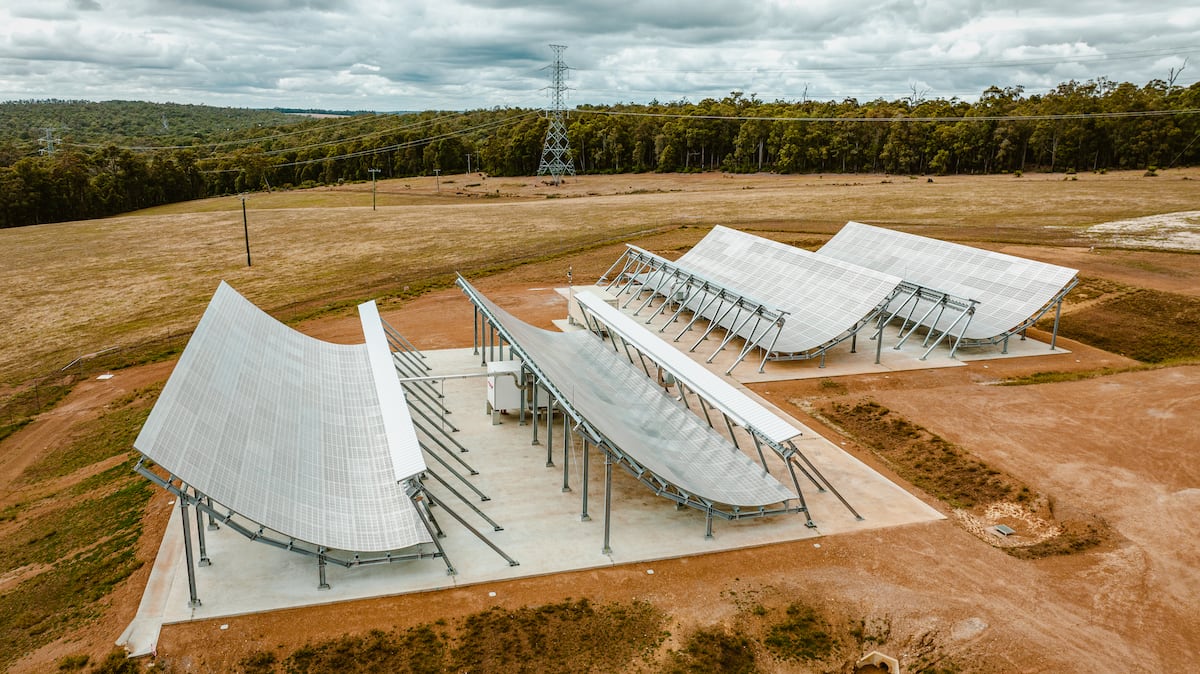The Space Force recently launched a survey of the commercial marketplace for companies that can track and characterize activities in low Earth orbit.
As more commercial and government satellites launch to LEO, the service has a growing need for visibility in the domain, which resides about 1,200 miles above the Earth’s surface.
In a May 16 notice, the service calls for information from firms that can provide space domain awareness in the “increasingly congested orbital environment.”
Specifically, the service wants these systems to provide better insight into “objects of interest” and real-time assessment of potential conjunctions. It also wants data that can be used to quickly investigate anomalies in LEO to understand if measures need to be taken to protect U.S. space assets.
“The goal is to identify commercial vendors offering sensors as a service, today or in the future, with a capability for individual sensor tasking directly from a pre-existing U.S. government mission application layer,” the service said. “The government is particularly interested in solutions that prioritize data quality, verification, and traceability to ensure the reliability of information used in time-critical decision-making processes.”
The mission application layer referenced in the notice is a software capability that provides information about the environment to inform military operators as they direct and task commercial sensors.
The call for LEO-based space domain awareness follows a similar push from the Space Force to identify commercial capabilities in geosynchronous orbit, known as GEO, which sits at a higher altitude than LEO and is where many of the service’s high-value systems reside.
In early 2024, the service sought input from private sector firms on whether their GEO sensing systems could augment the existing government-owned satellites that make up its Geosynchronous Space Situational Awareness Program, or GSSAP constellation.
That market research led the service to craft an acquisition plan for a commercial GEO-based space domain awareness architecture. The service approved the initial plan in late April and is now fleshing out a more detailed strategy, including how to make the system available at an unclassified level to U.S. allies.
The Space Force has several ongoing initiatives to leverage the growing marketplace of LEO-based services. In 2023, it selected a pool of 16 vendors to provide a range of services as part of its Proliferated Low Earth Orbit program. The contract initially had a ceiling of $900 million but has since grown to $13 billion in response to demand from military users.
In the space domain awareness area, a number of startups — including ExoAnalytic Solutions, LeoLabs and Slingshot Aerospace — are offering a range of capabilities, from AI tracking tools to mobile, ground-based radars.
The May 16 notice doesn’t state preference for either space-based or ground-based systems, but it notes that the service has a particular need for more positional data as well as electro-optical and active and passive radio frequency observations.
Courtney Albon is C4ISRNET’s space and emerging technology reporter. She has covered the U.S. military since 2012, with a focus on the Air Force and Space Force. She has reported on some of the Defense Department’s most significant acquisition, budget and policy challenges.
Read the full article here








Leave a Reply